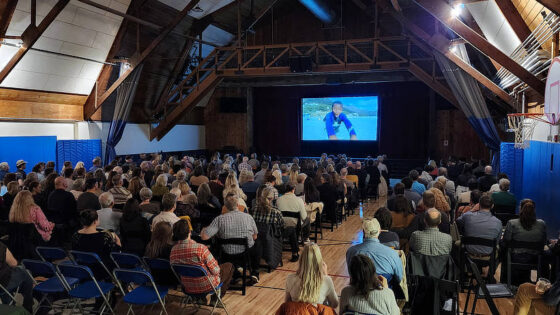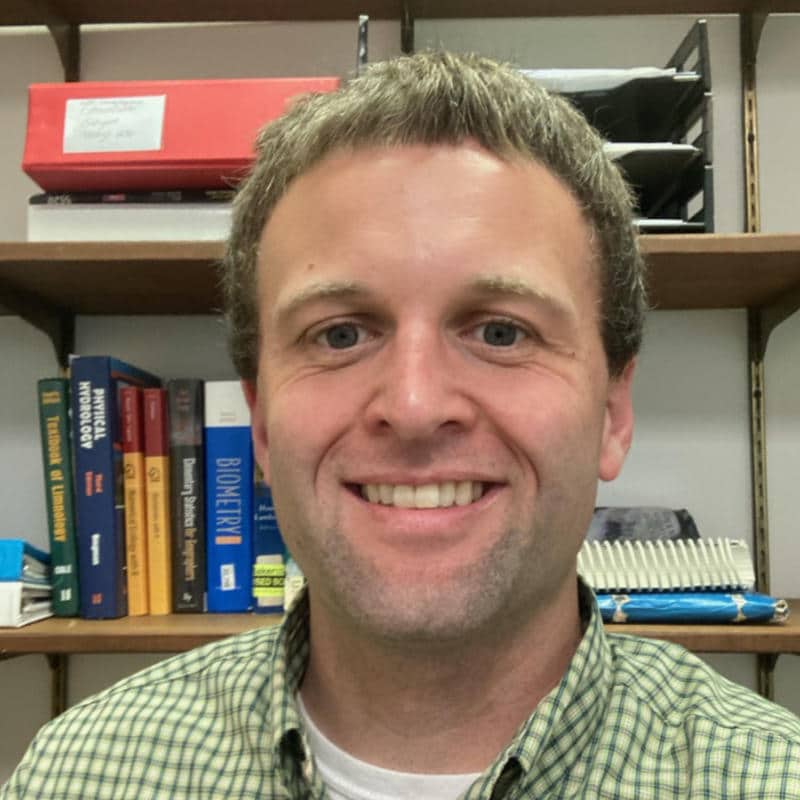
By Daniel Myers
During the week of April 24, seven Stroud Water Research Center scientists traveled across the bridge-tunnel-bridge over (and under) the Chesapeake Bay to the 13th National Monitoring Conference in sunny Virginia Beach. Along with networking and learning state-of-the-art water quality monitoring techniques, we presented our original research to an audience of hundreds of water quality specialists from government agencies, universities, businesses, and nonprofit organizations.
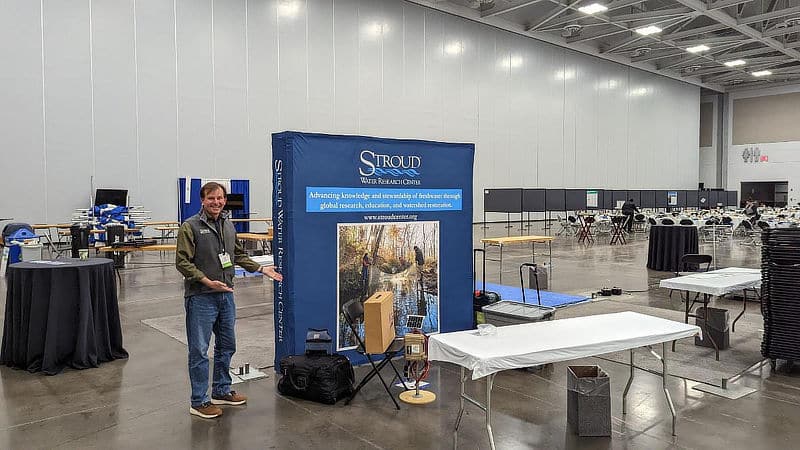
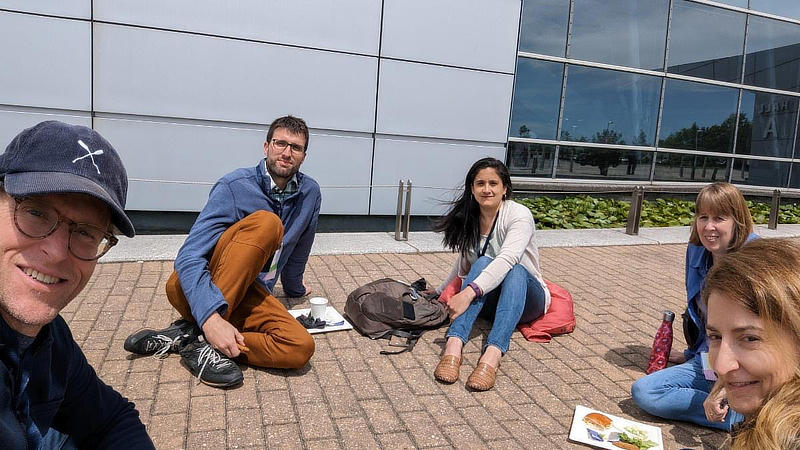
Scott Ensign, Ph.D., heroically managed an exhibition table all week with Stroud Center brochures and promotional materials, and was the last booth standing when the conference concluded.
On Tuesday, Marc Peipoch, Ph.D., gave a talk about the dynamics of riverine algae at a continental scale, and Diana Oviedo Vargas, Ph.D., presented research using community science in the Delaware River basin to broaden accessibility to continuous water quality data and communicate ecological threats.
On Thursday, Dave Bressler awed an audience with a presentation about how society benefits from cost-effective approaches to monitoring, using a salt pollution monitoring case study of the Delaware River basin partnership with watershed groups, schools, and universities to inform effective watershed planning. On the same day, Jan Battle gave a talk about advancing water quality research using aquatic macroinvertebrates in Bhutan streams, and Melinda Daniels, Ph.D., presented on the dynamics of neonicotinoid pesticides monitored in runoff after the pesticide application ceases.
Dan Myers, Ph.D., attended a U.S. Geological Survey workshop about retrieving national water quality and streamflow data, then enlightened attendees about how national parks protect stream water quality in the National Capital Region with a video-recorded presentation on the virtual platform.
Throughout the conference, Stroud Center scientists networked with dozens of professionals in charge of monitoring and managing water quality throughout the United States. Some of these professionals included Stephanie Letourneau, community science manager for the Alliance for Aquatic Resource Monitoring at Dickinson College, Pennsylvania, and Mitchell Owens, senior environmental manager for the Indiana Department of Environmental Management.
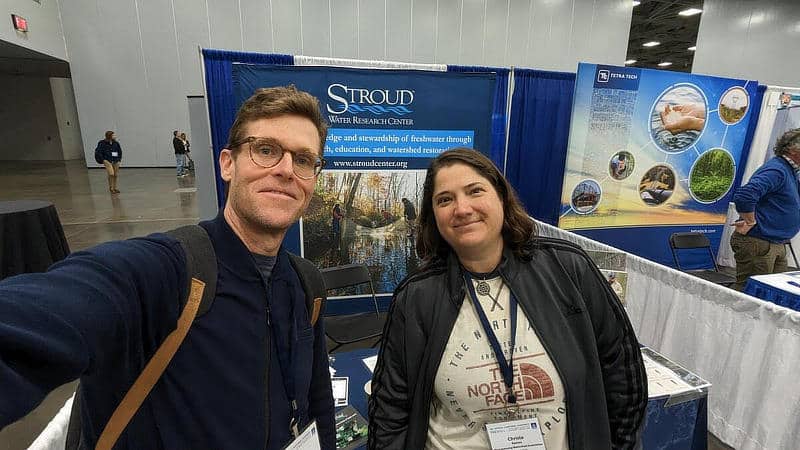
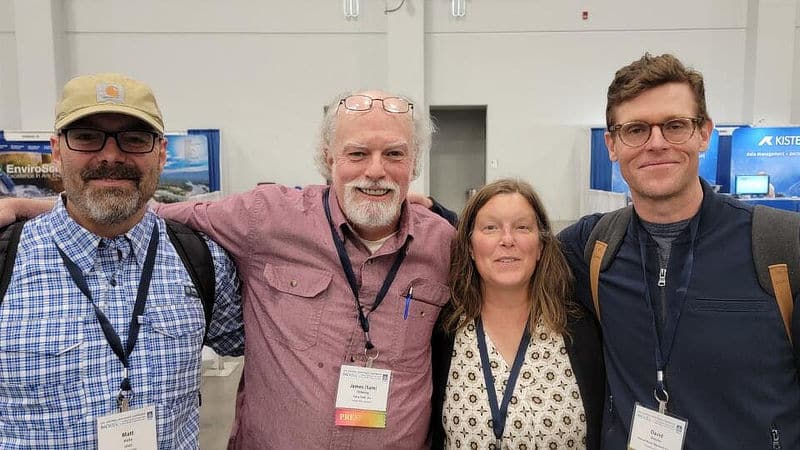
As part of its commitment to justice, equity, diversity, and inclusion (JEDI) in the water quality monitoring field, the conference featured a suite of initiatives including JEDI sessions, a plenary by Briana Yancy of the National Oceanic and Atmospheric Administration about how to propel JEDI efforts, and a database of JEDI resources to aid attendees. More information about these resources can be found in the conference’s JEDI flyer.
While our group did not find time to relax at the beach or stay for a music festival, we did find great value in the collaborations that were fostered and the research about water quality monitoring we were able to present. Thank you to the presenters and conference organizers for another successful event!



